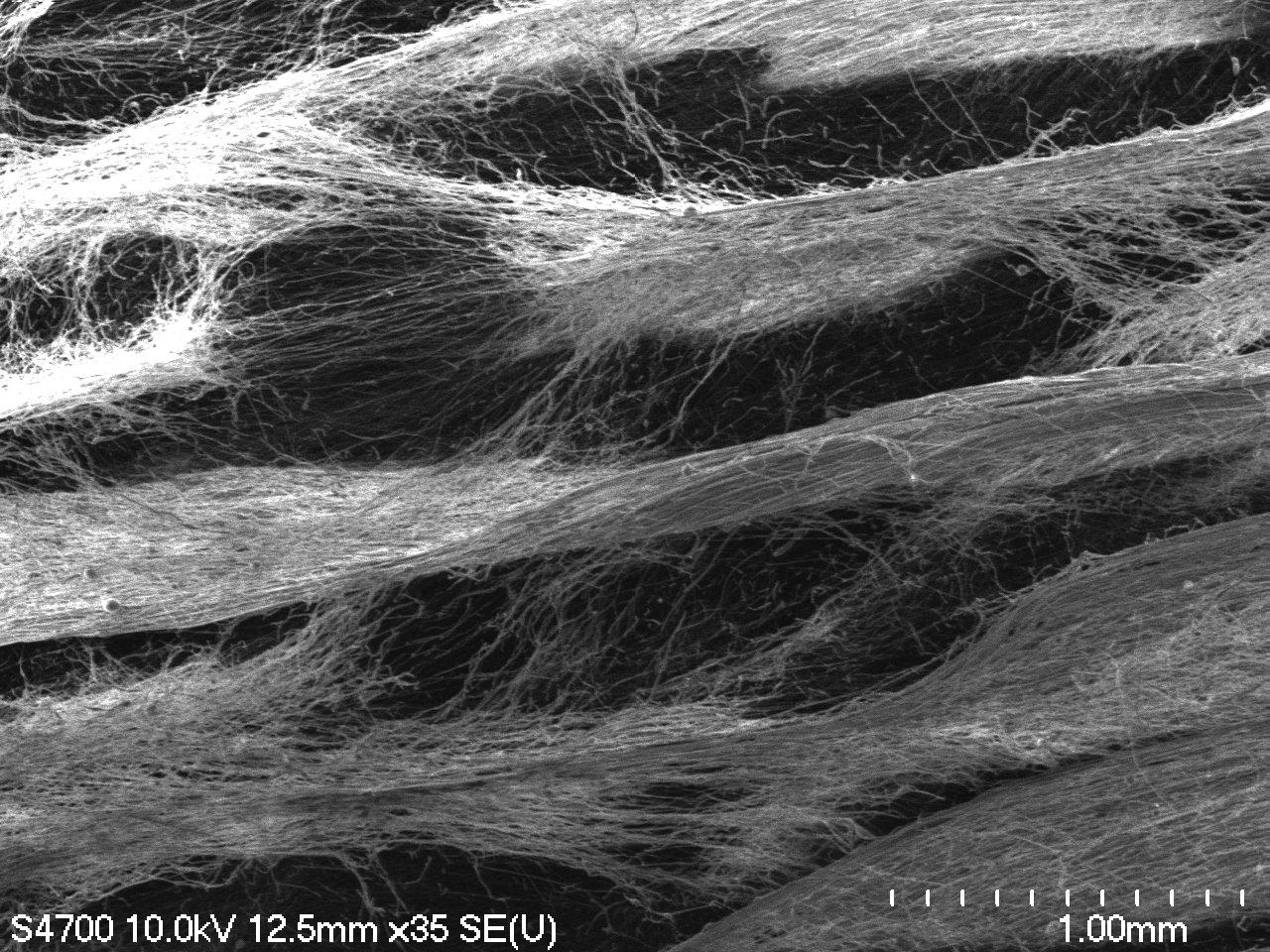In recent years, machine learning models have become increasingly popular for risk assessment of chemical compounds. However, they are often considered ‘black boxes’ due to their lack of transparency, leading to scepticism among toxicologists and regulatory authorities. To increase confidence in these models, researchers at the University of Vienna proposed to carefully identify the areas of chemical space where these models are weak. They developed an innovative software tool (‘MolCompass’) for this purpose and the results of this research approach have just been published in the prestigious Journal of Cheminformatics.
Tag: Animal Testing
Taking Protein Quality into Consideration When Formulating Innovative Protein Foods
New protein digestibility methods could encourage more frequent labeling of protein adjusted for quality and reduce the use of test animals.
Why We Fit A Mini Brain with a Mini Cap
It could be the world’s tiniest EEG electrode cap, created to measure activity in a brain model the size of a pen dot. Its designers expect the device to lead to better understanding of neural disorders and how potentially dangerous chemicals affect the brain.
This engineering feat, led by Johns Hopkins University researchers and detailed today in Science Advances, expands what researchers can accomplish with organoids, including mini brains—the lab-grown balls of human cells that mimic some of a brain’s structure and functionality.

Replacing Animal Testing with Synthetic Cell Scaffolds
Electrospun synthetic cell scaffolds are not only more consistent than animal cells for cancer research, they hold the potential to replace animal testing.